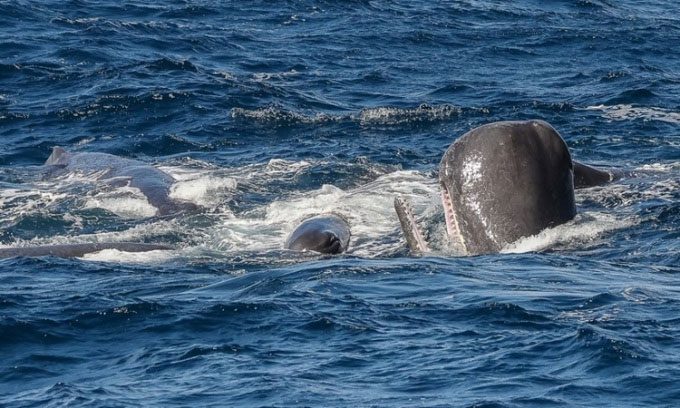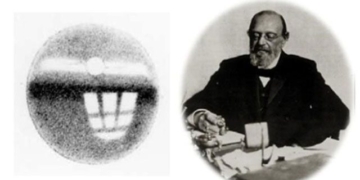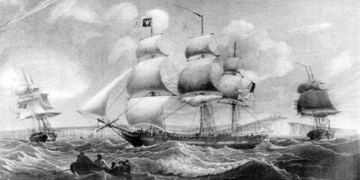The sperm whale pod off the coast of Australia employs a rare defensive mechanism to force a hunting group of orcas to retreat.
A pod of sperm whales was pursued by a group of orcas off the coast of Western Australia. Exhausted, they repelled the starving attackers with a massive cloud of waste. This voluntary excretion ability for self-defense is a rare trait and a mechanism used by sperm whales to counter their enemies, according to Newsweek.
The orcas attempted to attack the sperm whale pod on March 19, more than 48 kilometers from the coastal area at a hotspot in the sea known as Bremer Canyon. Passengers on the Naturaliste Charters tour boat witnessed the event. “It is a defecation mechanism for self-defense,” marine biologist Jennah Tucker, who was working on the boat, stated. “Since the sperm whale’s diet mainly consists of squid, their excretion is actually red in color.”

Sperm whales attempt to huddle together for protection. (Photo: Jodie Lowe).
Orcas are opportunistic feeders with a diverse diet that includes fish, marine mammals such as seals, sea lions, walruses, sharks, rays, squid, and even other whale species. They often hunt cooperatively in pods, consisting of members from multiple generations and related individuals, ranging from a few to over 40 individuals. Cooperative hunting allows orcas to target larger prey more effectively and increases their chances of success.
Initially, the sperm whales appeared exhausted, struggling to gather together for safety against the attacking orcas. They surfaced to breathe, according to Tucker. Then, everyone on the boat saw bubbles of red material rise to the water’s surface and feared it could be blood from one of the whales. However, the bubbles were confirmed to be sperm whale feces.
“The waste cloud was created when the sperm whales thrashed their tails through their feces to deter the predators,” the company Naturaliste Charters Bremer Canyon Killer Whale and Pelagic Expeditions shared. “The orcas had a tense chase, showcasing their superior strength and hunting techniques, allowing them to drive the largest toothed predators in the ocean into shallow waters. But they were no match for the sperm whale’s defense strategy.”
The behavior of thrashing through their waste cloud confused their enemies. They also huddled together, forming a star shape with their heads pointed towards the center and tails fanning outwards. Eventually, the group of orcas quickly retreated, leaving the sperm whales behind. This defensive mechanism has been observed in sperm whales before. In 2015, a diver was suddenly enveloped by a cloud of waste after jumping into the water to photograph sperm whales.
The orca attack behavior in Western Australia was surprising as sperm whales typically sit at the top of the food chain, and orcas rarely target them. They seem bolder than most marine animals, even attacking large creatures like blue whales.




















































